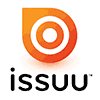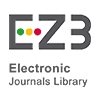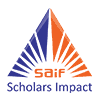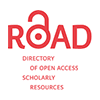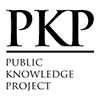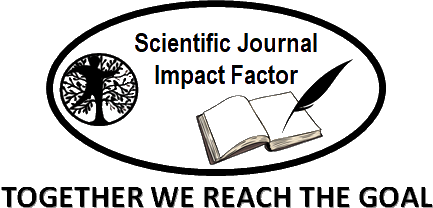A Sociolinguistic Analysis of English Borrowing in Selected Bangladeshi Films
Abstract
This study explored the lexical and contextual nature of borrowed English into Bengali cinema (Films). For the exploration of the subject matter, the study examined five Bengali films based on purposive sampling. The researchers explored the films through Qualitative Comparative Analysis (QCA) and the exploration illustrated four types of lexicons, which were ‘words with Bengali equivalents’, ‘words without Bengali equivalents’, words with close Bengali equivalents’, and ‘hybridized words.’ The highest number of words were found from the category ‘words with Bengali equivalents’, which reflects the dominant feature of English lexicon over Bengali counterpart. The researcher also analyzed the contextual use of English in conversation of the films and found that the use of English is mostly in respect to showing power, dominance and reflecting social hierarchy. The study helps to have a deeper look into the borrowing of English in Bengali films are their uses in different context.
Keywords
Full Text:
PDFReferences
Bakker, P. (2002). Review of van Coetsem (2000): A General and Unified Theory of the Transmission Process in Language Contact. Diachronica, 19(1), 202–206. https://doi.org/10.1075/dia.19.1.12bak
Banu, R., & Sussex, R. (2001). Code-switching in Bangladesh. English Today, 17(2), 51–61. https://doi.org/10.1017/s0266078401002061
Clements, J. C., & Gooden, S. (2009). Language change in contact languages. Language Change in Contact Languages, 33(2), 259–276. https://doi.org/10.1075/sl.33.2.01cle
Francis, W. N., & Kachru, B. B. (1992). The Alchemy of English: The Spread, Functions, and Models of Non-Native Englishes. Language, 68(1), 231. https://doi.org/10.2307/416398
Ghorbanpour, A., Kambuziya, A. K. Z., Dabir-Moghaddam, M., & Agha-Golzadeh, F. (2019). Loanword Syllable Adaptation in Persian: An Optimality-Theoretic Account. Journal of Universal Language, 20(2), 95–127. https://doi.org/10.22425/jul.2019.20.2.95
Haugen, E. (1950). The Analysis of Linguistic Borrowing. Language, 26(2), 210. https://doi.org/10.2307/410058
Haugen, E., & Weinreich, U. (1954). Languages in Contact: Findings and Problems. Language, 30(3), 380. https://doi.org/10.2307/410136
KACHRU, B. B. (1994). Englishization and contact linguistics. World Englishes, 13(2), 135–154. https://doi.org/10.1111/j.1467-971x.1994.tb00303.x
Mostafa, M., & Jamila, M. (2012). From English to Banglish: Loanwords as opportunities and barriers? English Today, 28(2), 26–31. https://doi.org/10.1017/s0266078412000120
Shibata, A. (2009). Englishization in Asia: Language and Cultural Issues. Asian Englishes, 12(2), 84–87. https://doi.org/10.1080/13488678.2009.10801262
DOI: http://dx.doi.org/10.18415/ijmmu.v12i2.6227
Refbacks
- There are currently no refbacks.
Copyright (c) 2025 International Journal of Multicultural and Multireligious Understanding

This work is licensed under a Creative Commons Attribution-NonCommercial-NoDerivatives 4.0 International License.
https://ijmmu.com
editor@ijmmu.com
facebook.com/ijmmu
Copyright © 2014-2018 IJMMU. All rights reserved.













